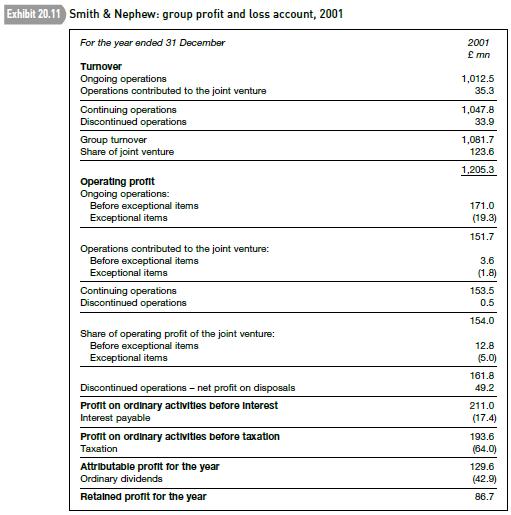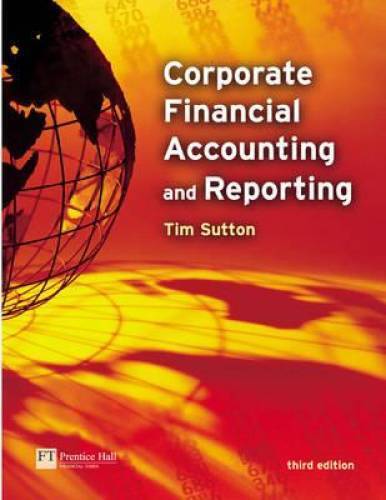Change in accounting policy Volund, a metal fabricator, decides to build its own steel mill. The mini-mill
Question:
Change in accounting policy Volund, a metal fabricator, decides to build its own steel mill. The mini-mill costs 120, has a ten-year economic life and an expected scrap value of 10. (Amounts are in A million.) Volund depreciates the plant by an accelerated method (which it also uses for tax purposes). Depreciation in the first four years is: 20, 18, 16, 14.
During year 4, Volund decides to change the way it depreciates the mill in its published accounts.
It switches to the straight-line (SL) method because it reckons the SL method better reflects the way the plant’s services are consumed. It continues to depreciate the asset on an accelerated basis in its tax accounts. Volund’s draft year 4 accounts before the accounting change are set out below in summary form:
Year 4 Year 3 Statement of income and change in retained income Operating revenues 800 750 Income before tax 80 70 Tax expense (at 30%) −24 −21 Net income 56 49 Retained income, start-year 124 93 Income available for distribution 180 142 Dividends paid −20 −18 Retained income, end-year 160 124.
Year 4 Year 3 Balance sheet at year-end Steel mill, at net book value 52 66 Other assets 708 644 Total assets 760 710 Share capital and premium 200 200 Retained income 160 124 Liabilities (including provision for deferred taxes) 400 386 Total equities 760 710 Required Adjust Volund’s accounts to reflect the change in depreciation method for the steel mill. Assume Volund accounts for the change by the restatement method. Show the effect on pre-year 3 income as a ‘prior period adjustment’ to start-year 3 retained income.
Check figure:
Retained income, end-year 4 176.8.
AppenedixLO1
Step by Step Answer:






